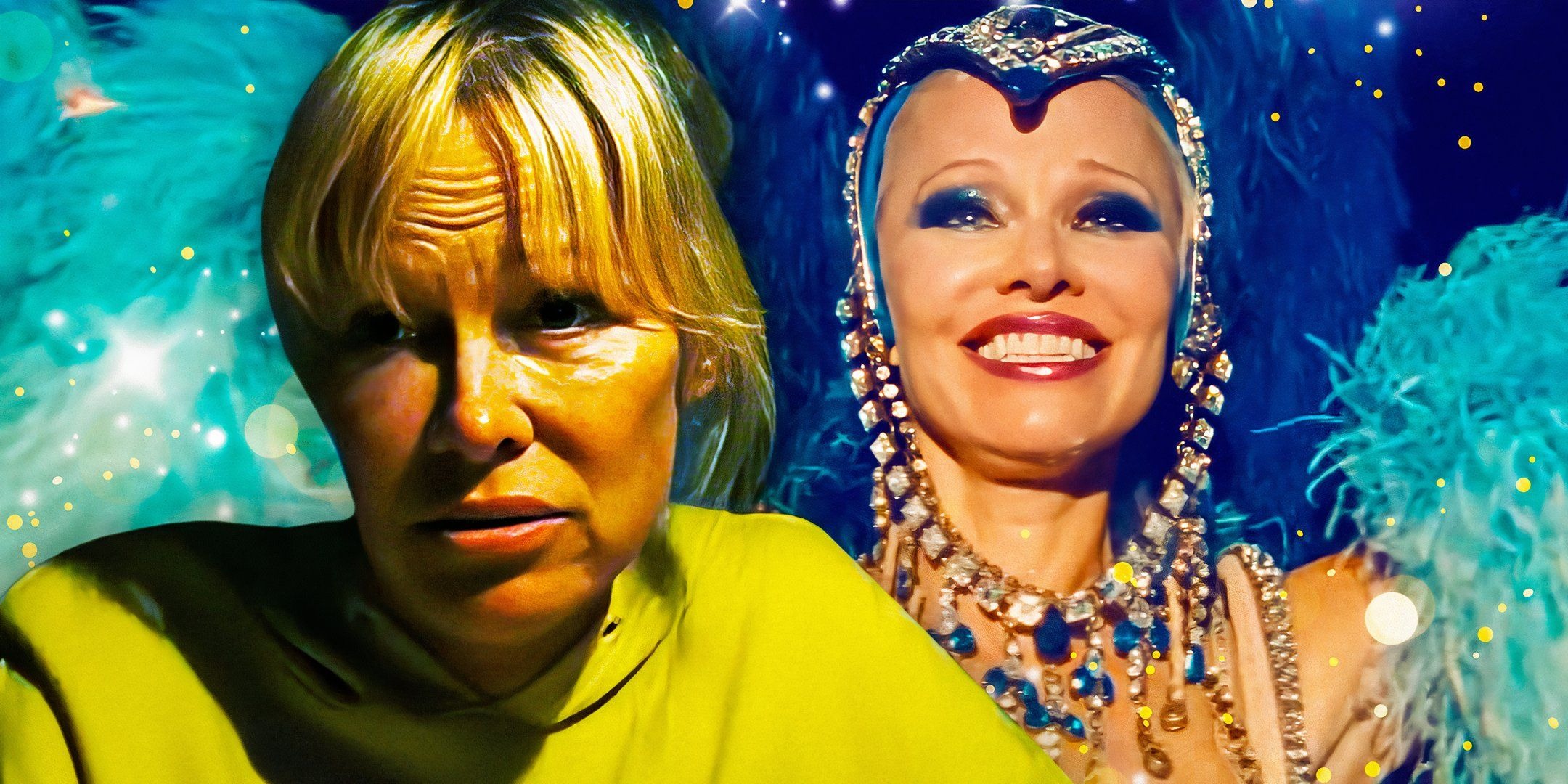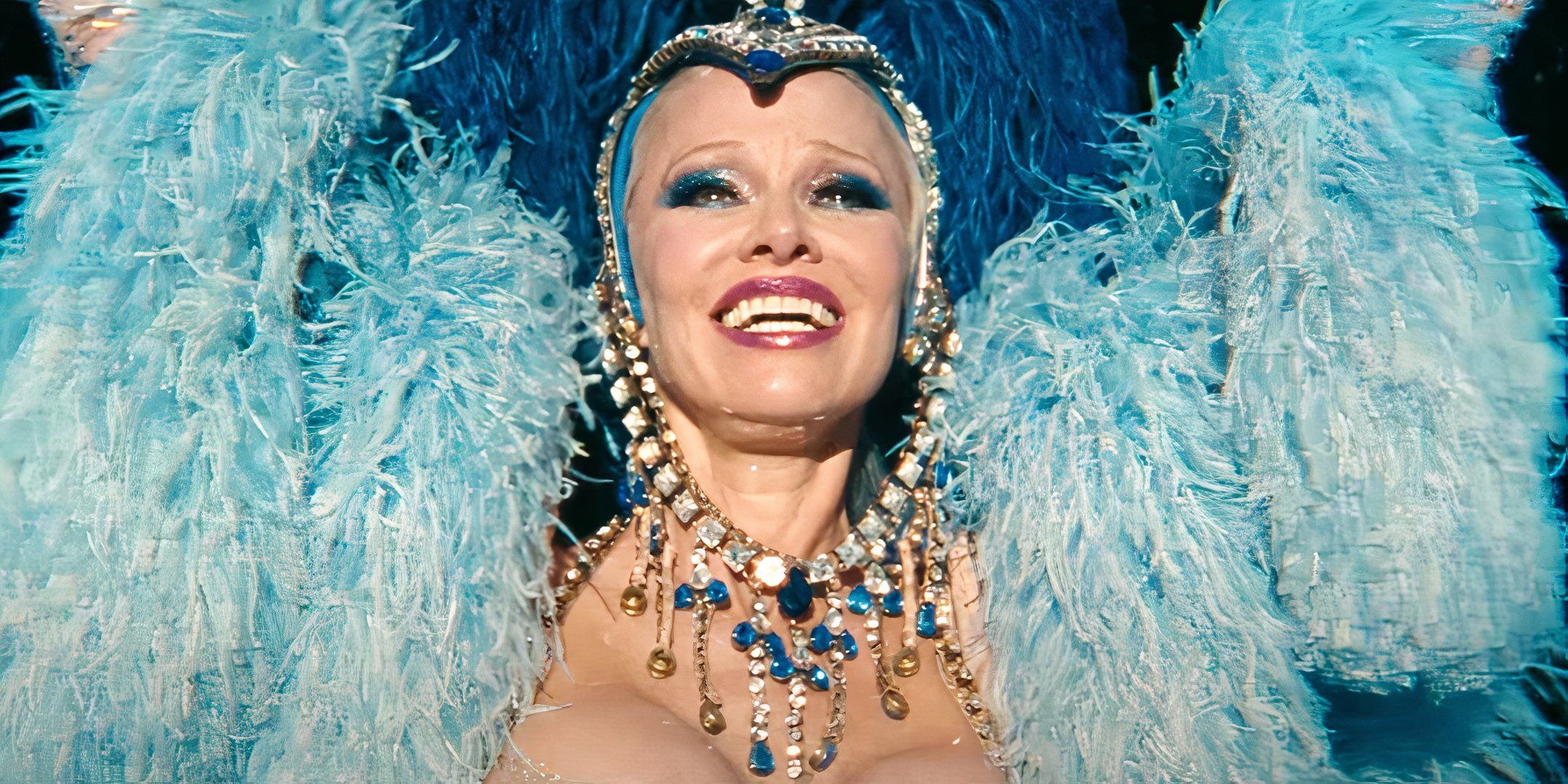The focus on a dancer approaching the twilight of her career is at the heart of The Last Showgirl, making it one of Pamela Anderson’s most heartfelt and poignant films. Directed by Gia Copola, the story centers on Anderson’s portrayal of Shelly, a performer who has dedicated decades to starring in “Le Razzle Dazzle,” a Las Vegas dance revue.
Shelly’s devotion to her craft has come at the cost of a more grounded life with her daughter, Hannah. When the announcement of the show’s closure comes, it triggers a reflective and melancholic journey.
The narrative closely examines the lives of characters in Shelly’s sphere, including her fellow dancers, her closest friend, and her estranged daughter. The movie’s lens remains firmly on Shelly, exploring how her relentless pursuit of passion has exacted a emotional toll.

With its candid yet empathetic portrayal, the film refrains from absolving its characters of their choices, creating a poignant ending that offers Anderson one of her most profound performances to date.
Why Shelly’s Vegas Show Ends in The Last Showgirl
Shelly’s long-standing career on the Las Vegas Strip concludes due to shifting cultural preferences and evolving entertainment trends, echoing her personal struggles. Throughout the film, Shelly grapples with the modernization of the entertainment industry that leaves her art form behind.
A contemporary circus show at the same venue outperforms the revue Shelly has headlined for years, leading to the cancellation of “Le Razzle Dazzle.” The film underscores that the revue, emblematic of an earlier era, is the last of its kind on the Strip, with declining ticket sales sealing its fate.
This turning point forces Shelly to confront the reality that her age and skills no longer align with the city’s modern entertainment view. While she reminisces about the grandeur of the show’s heyday and its Parisian roots, these memories hold little relevance for decision-makers in the current era. The show’s closure marks not only the end of Shelly’s career but also a deeply personal loss, amplifying her anguish and resistance to this chapter’s end.
Shelly and Eddie’s Relationship Explained
The dynamic between Shelly and Eddie offers a compelling layer to the narrative. Eddie, the show’s producer, has been a constant presence in Shelly’s professional life, yet their relationship remains platonic, despite his evident feelings for her.
Shelly, however, views Eddie as a friend, even dismissing suggestions from her best friend Annette to pursue a romance. The complexity deepens with the revelation that Eddie is Hannah’s father, a fact unknown to Hannah.
Eddie’s emotional reaction upon meeting Hannah hints at the weight of this secret. He symbolizes a path Shelly could have chosen, one marked by stability and familial connection.
Eddie’s decision to remain as a stage manager contrasts with Shelly’s career-ending circumstances, highlighting the divergent directions their lives have taken. Their failed attempt at a romantic connection, marred by Shelly’s frustration, reflects her pattern of sabotaging meaningful relationships, a recurring theme in the film.
Shelly’s Struggles with Motherhood
Shelly’s challenges as a parent form one of the film’s most emotionally resonant threads. While her love for Hannah is evident, their relationship is fraught with tension. Shelly’s commitment to her career often overshadowed her role as a mother, leading to Hannah being raised in a different household that prioritized a more conventional and stable future.

Although Shelly expresses pride in Hannah’s interest in photography, her encouragement is undermined by the limitations of her own unfulfilled aspirations. This strained relationship is further tested when Hannah visits Shelly’s show and reacts with disappointment, sparking a heated argument.
Shelly’s shortcomings as a mother also extend to her interactions with younger dancers, particularly Jodie, who sees her as a mentor but feels abandoned when Shelly fails to provide emotional support. These dynamics emphasize how Shelly’s singular focus on her work has often come at the expense of her personal relationships.
What Happens After Shelly’s Audition
The film’s opening and closing moments revolve around Shelly’s audition, highlighting her transition from a celebrated dancer to an uncertain future. The audition, marking her first in decades, results in rejection, leaving her despondent. The dismissal from the casting director represents a harsh culmination of her sacrifices, as the career she dedicated her life to no longer values her contributions.
Despite this low point, Shelly finds solace in her connections with Mary-Anne and Jodie, hinting at the possibility of reconciliation. Her friendship with Annette also provides emotional grounding, especially when Annette reveals her struggles, leading Shelly to offer her support. These moments underline the film’s themes of love and resilience despite loss.
The True Message of The Last Showgirl
Rather than providing a triumphant resolution, The Last Showgirl portrays the inevitability of change and the fragility of dreams. The final performance signals the end of Shelly’s career, yet she finds fulfillment in giving her best one last time.
While her professional future remains uncertain, the relationships she nurtures provide a glimmer of hope. Shelly’s unwavering dedication to her art and the connections she forges serve as reminders that, even in moments of disappointment, there is strength in love and friendship.



